1. Derived from Streptomyces
1.1. streptomycin
1.2. kanamycin
1.3. tobaramycin
1.3.1. superior activity against P. aeruginosa
1.3.2. granulocytopenia and sepsis
1.4. neomycin
1.4.1. topical infection
1.5. paromomycin
2. Derived from Micromanosporum
2.1. astromycin
2.2. gentamicin
2.2.1. first choice
2.2.2. prolonged use is toxic
2.2.3. treat bacterial endocarditis
2.3. sisomicin
3. Semi synthetic
3.1. arbekacin
3.2. netlimicin
3.2.1. not metabolized by amino glycoside inactivating enzymes
3.2.2. resistant bacteria
3.2.3. may be less toxic (animal studies)
3.3. amikacin
3.3.1. gm- bacilli - hospital acquired, resistant to gentamicin and tobramycin (nosocomial)
3.3.2. not metabolized by amino glycoside inactivating enzymes
4. Mechanism
4.1. irreversible inhibition of protein synthesis
4.1.1. Interference with formation of 30S
4.1.2. cause the 30S to misread the genetic code
4.1.3. break up the polysomes of nonfunctional monosomes
5. Pharmacokinetics
5.1. highly polar
5.1.1. poor in adipose tissue
5.1.2. do not enter CNS and eyes
5.2. poorly absorbed from the GI unless diseased
5.3. rapidly absorbed IM
5.3.1. shock absorption due to poor perfusion
5.4. usually given IV
5.5. excreted by kidney
5.6. concentration dependent effect
5.7. usually used in combination with beta lactum or glycopeptide
5.8. adverse effects
5.8.1. toxicity from local application after long time
5.8.2. causes nephrotoxicity and ototoxicity
5.8.3. ototoxicity in fetus (late pregnancy)
5.8.4. rashes (topical)
